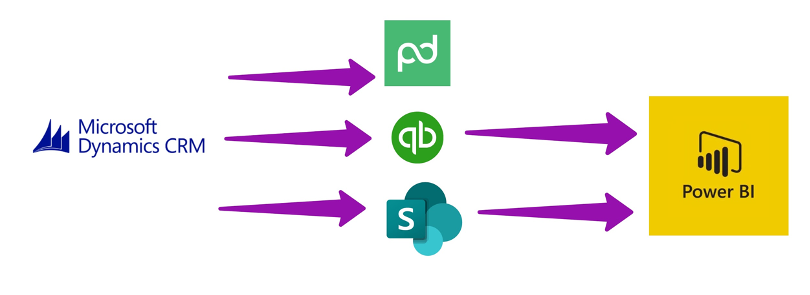A mid-sized IT services company approached Evolved Metrics to help them to build out their sales-to-operations and operations-to-finance business processes. They had grown quickly recently, and their processes were becoming too much for their core ownership group to manage.
Problem: Processes were largely non-existent or un-enforced across their rapidly growing operation.
First, after a brief interview, it became apparent that, until that very conversation, the client team had never talked to each other about their business processes. They had started as a small operation and had grown quite quickly, so they hadn’t really sorted anything out. They needed to define their process(es) as well.
Blowing the dust off of the client’s then unused Microsoft Dynamics CRM environment and beginning with a standard five-step sales process, Evolved Metrics worked with the client to uncover how they do their sales and resourcing allocations which was the principle operationalization of a new sale that was necessary each time they closed a new deal. Essentially, this was a capacity issue. After several iterations, we deployed a basic sales process and data capture methodology through technology, allowing the client to capture resourcing and planning information together with the sales information.
Solution: A basic CRM design combined with as much automation as was possible.
Evolved Metrics next customized MS Lists and PandaDocs to integrate with the outputs of the CRM. CRM data was integrated into a customized MS List to track and record staff assignments and projects, and to allow updating of current utilization. PandaDocs was leveraged to create and populate forms for client and project onboarding.
Next, this data was correlated with Quickbooks financial data and presented in a unified reporting system via PowerBI. Updates and refreshes were automated using MS PowerAutomate.


